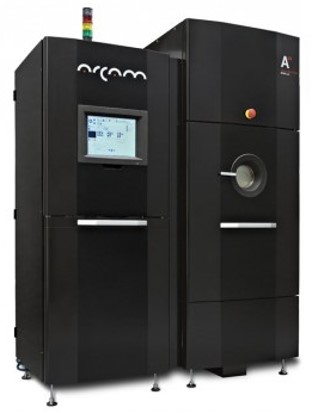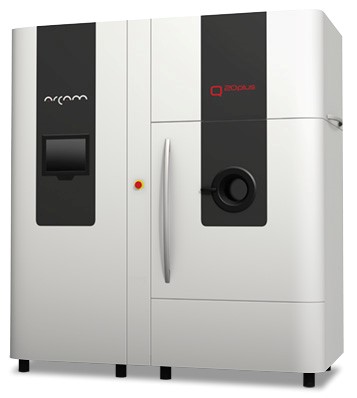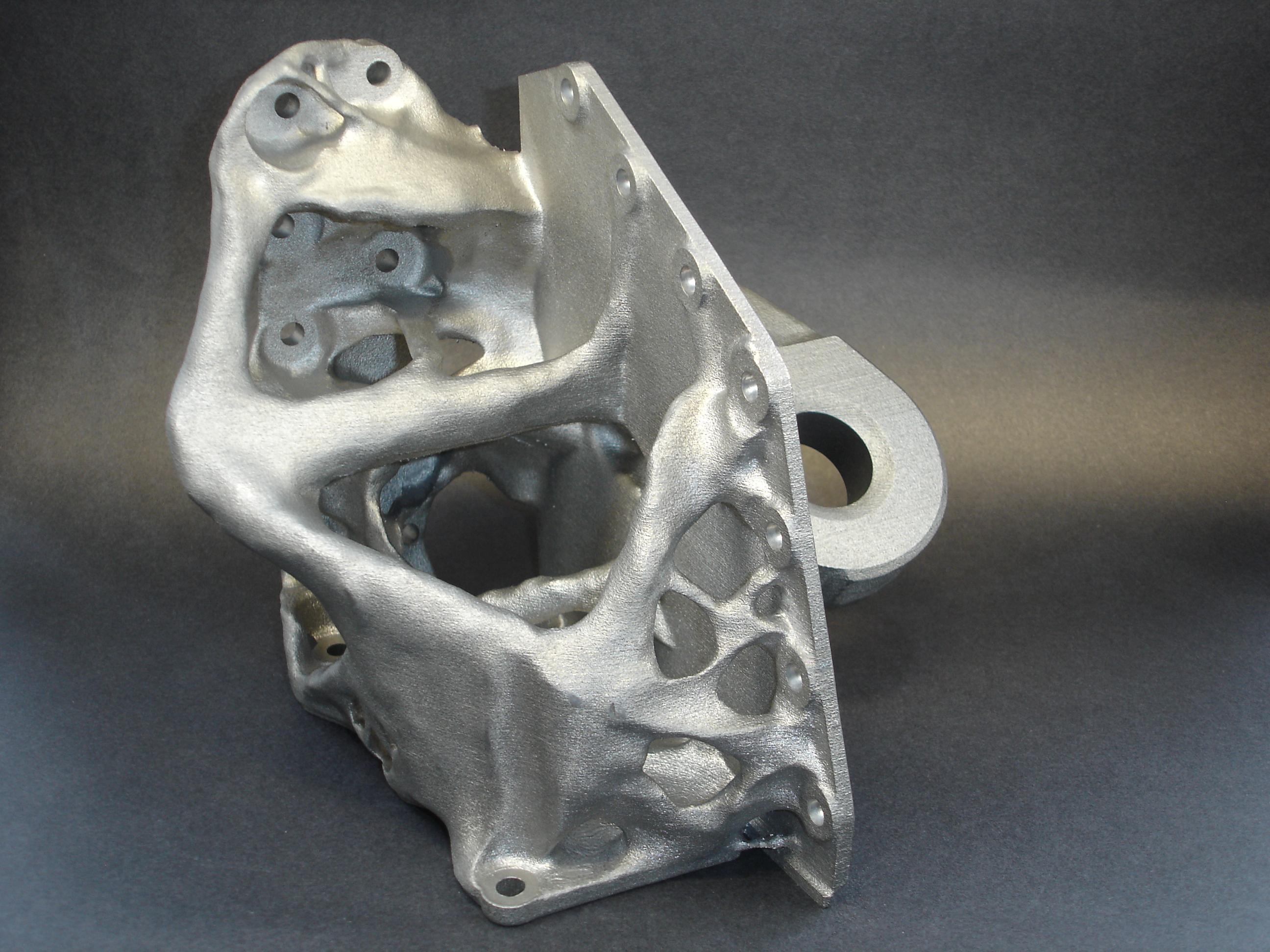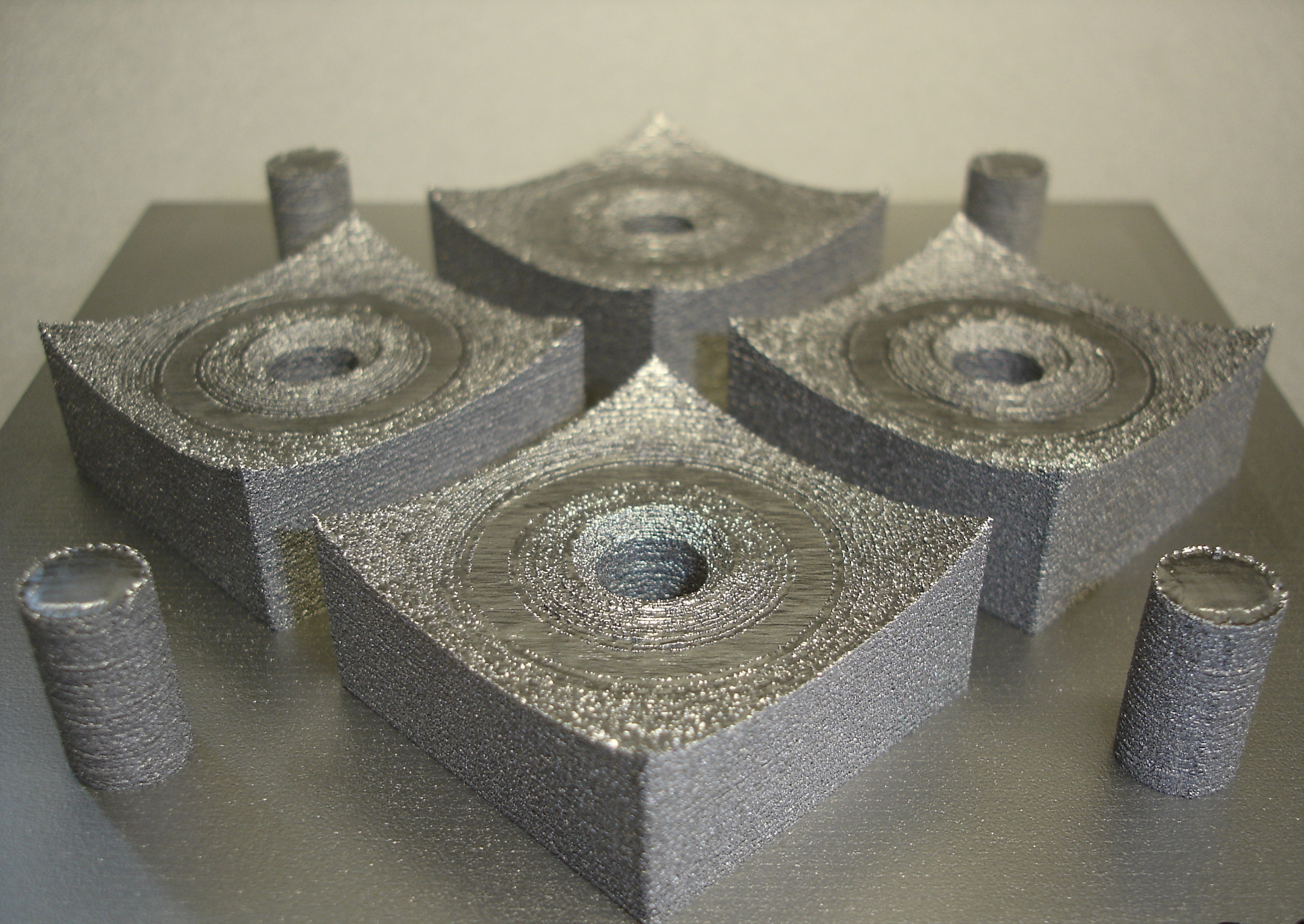Introduction

Selective Electron Beam Melting (PBF-EB) is a powder-based process for the additive manufacturing of 3D parts. The powder bed is selectively melted layer-by-layer by an electron beam under high vacuum atmosphere.
Advantages compared to manufacturing routes like casting / forging are:
No additional auxiliary equipment needed
• Increased efficiency in raw material use
• Significantly reduced amount of finishing operations
• Freedom in design – “design for function”
• Processing of high-melting and / or highly reactive materials
• Decreased lead times for design and fabrication, shorter time-to-market
• High degree of component customization
 Fraunhofer Institute for Manufacturing Technology and Advanced Materials IFAM
Fraunhofer Institute for Manufacturing Technology and Advanced Materials IFAM


